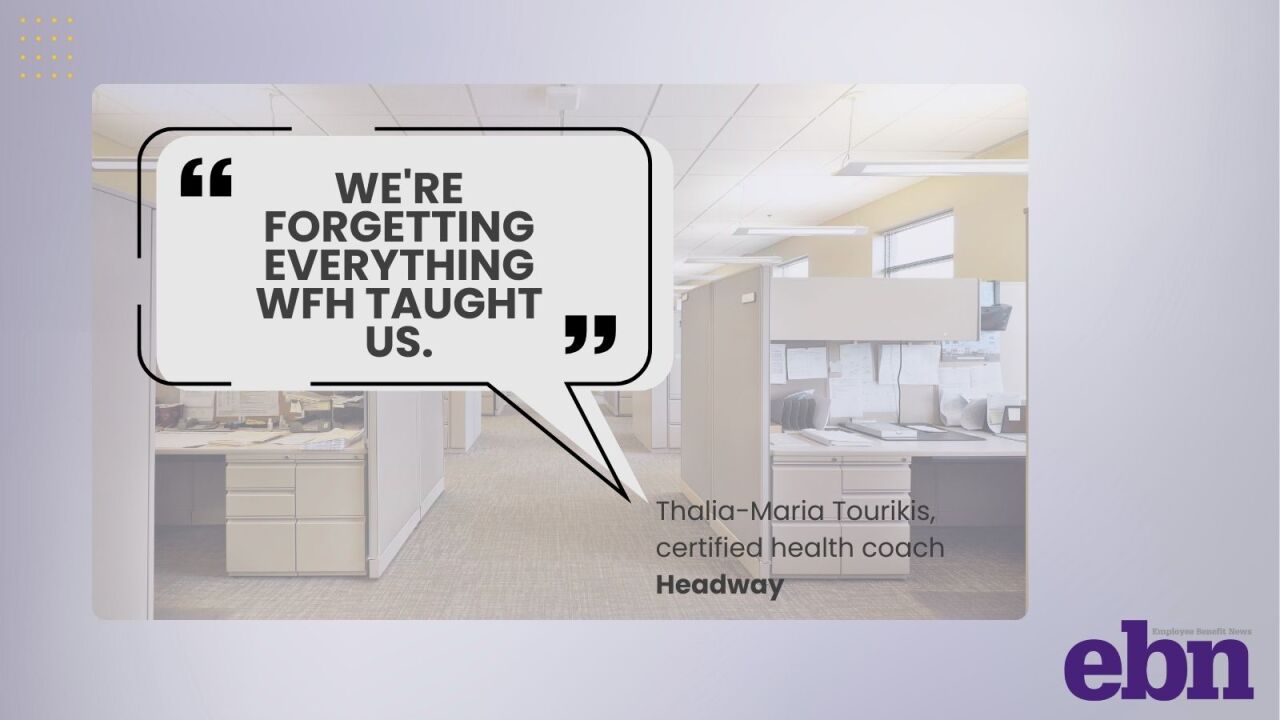Many employee benefits such as paid time off for illnesses, vacation or other needs are federally entrenched in work culture. But as new generations of professionals enter the workforce with needs more varied than those that came before, companies are working with team members to redefine what "wellness" means.
According to data from mental health services provider ComPsych,
"There are increased chronic stressors we are facing as a nation and across the world: the pandemic, civil unrest and community violence, an unpredictable economy and a polarized political environment," Dr. Jennifer Birdsall, licensed clinical psychologist and clinical director at ComPsych, told Employee Benefit News'
As employees continue to report that the tried-and-true benefit programs
Below is a compilation of insight from industry experts about what goes into building a more encompassing benefits program and the immediate and long-term benefits it has for employees.















